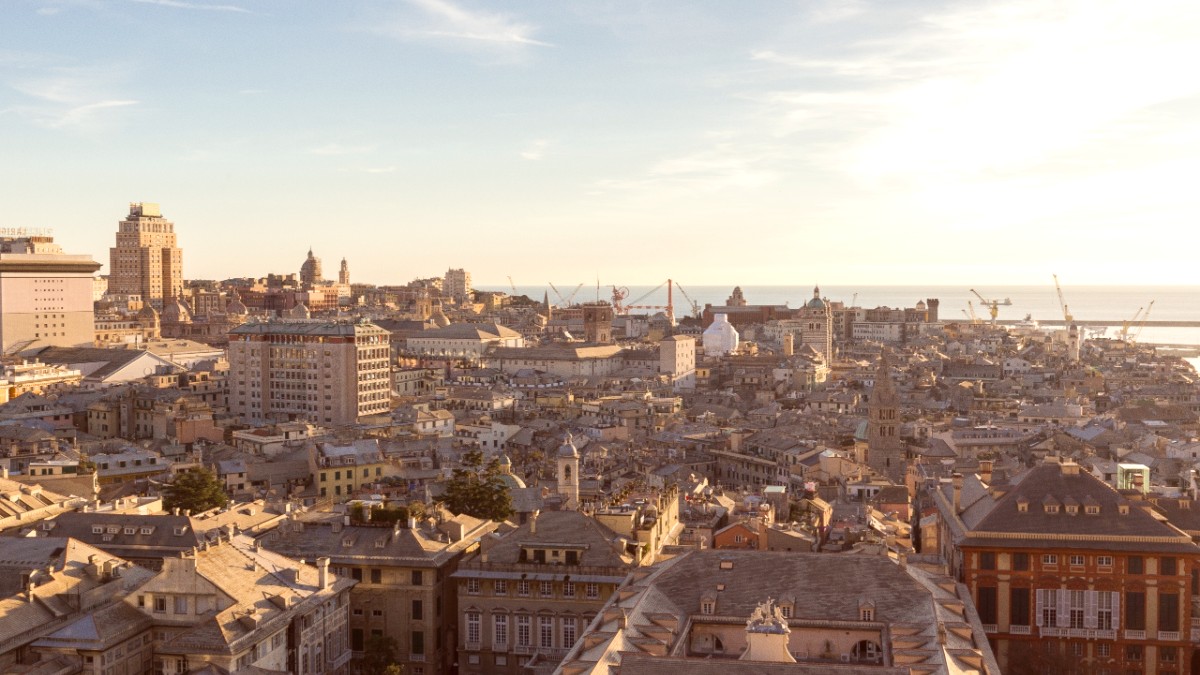
Abruzzo And Molise, Italy
The mountains bring cooler temperatures and chances for outdoor activities, while the coast has warmth and seaside relaxation. Roads crisscross this landscape, connecting mountain villages to coastal towns, each journey with its own scenic rewards.
Moving east from the mountains, the landscape transitions into rolling hills. These areas show vineyards, olive groves, and historic hilltop towns. This middle band of the region forms a bridge between the wild mountains and the bustling coast. Towns here often keep a medieval charm, with stone buildings and narrow streets.
The Adriatic coastline runs along Abruzzo's eastern flank. Here, the climate is milder in winter and hot in summer, good for beach holidays. The famous 'Trabocchi Coast,' south of Pescara, features unique fishing structures on stilts, many now seafood restaurants. This blend of mountain, hill, and coast means combining different activities and scenery within a single trip, perhaps starting your day with a mountain walk and ending it with a seafood dinner by the sea.
Abruzzo's past goes back to ancient times. Before the Romans, Italic tribes like the Vestini, Paeligni, Marrucini, Frentani, and Samnites lived here. These tribes were known for their strong independence. Their legacy stands in archaeological sites across the region. After their conquest, Abruzzo became part of the Roman Empire, gaining from Roman infrastructure and cultural influence. Roman ruins, like those at Alba Fucens and Amiternum, show glimpses into this period.
During the Middle Ages, Abruzzo experienced many powerful influences. Lombards and Normans made their marks, adding to the region's diverse architectural styles and cultural practices. Later, Abruzzo became part of the larger Kingdom of Naples, and then the Kingdom of the Two Sicilies. This isolation meant traditions and dialects lasted, giving Abruzzo an unique character within Italy. Abruzzo became a distinct region of Italy after the country's unification in 1861. The region has faced challenges, including significant earthquakes. The 2009 L'Aquila earthquake brought wide devastation but also started a reconstruction effort.
Fierce independence, resistance against Roman expansion.
Infrastructure and cultural integration.
Lombard and Norman marks on culture and architecture.
Periods of larger regional rule, unique traditions.
New chapter with ongoing reconstruction efforts.
Explore its castles, hermitages, and medieval villages, and walk through centuries of history that shaped this distinctive part of Italy.
Sites like Alba Fucens and Amiternum provide direct connection to Roman times.
The region's history includes facing natural disasters, demonstrating its enduring spirit.
Abruzzo's story is one of deep roots, diverse influences, and remarkable strength through the ages.
Abruzzo is often called 'the greenest region in Europe.' This title comes from its many national parks and protected areas, covering about one-third of its territory. This dedication to nature preservation means vast areas of untouched wilderness, home to rare wildlife and many outdoor opportunities. A place for true connection with nature.
The region's diverse landscape shifts from high mountain peaks to sandy Adriatic beaches. One moment, you might be on a snow-capped summit; the next, relaxing on a sun-drenched coast. This variety brings a wide range of activities for visitors. From challenging mountain walks to gentle coastal strolls, from skiing in winter to swimming in summer, Abruzzo meets varied travel interests.
Vast protected areas, home to diverse wildlife and pristine landscapes.
Mountains, hills, and coast blend into a single, compelling region.
Known for saffron, fine wines, and fresh local produce.
Outdoor activities, like hiking, skiing, and wildlife observation, shape the Abruzzese experience. The national parks have well-marked trails and chances to see Marsican brown bears, Apennine wolves, and chamois.
Vast national parks and protected areas for ecological discovery.
Savor local saffron, olive oils, and regional wines.
Walk through ancient villages and explore centuries-old castles.
Approximately one-third of Abruzzo is protected parkland or reserves.
A unique combination of high mountains and coastal beaches within close proximity.
From ancient tribes to Roman ruins and medieval castles, a deep historical narrative.